King Seiko: The Underdog of Japanese Pinnacle Horology (1961-1968)
King Seiko: The Underdog of Japanese Pinnacle Horology (1961-1968)
King Seiko, an unsung hero of luxury watches and a Japanese horology gem, made a grand debut from 1961 to 1975. Often seen as Grand Seiko's lesser-known sibling, King Seiko carved its unique path, frequently outshining its sibling with its technical breakthroughs and distinctive designs.


Looks good on wrist
The First Generation: King Seiko J14102 / 15034
The saga unfolds between 1961 and 1964, when Daini Seikosha unveiled two show-stealing models: the J14102[E] and the 15034. Available in stainless steel or gold cap cases, these watches weren't just eye-candy; they were precision powerhouses.
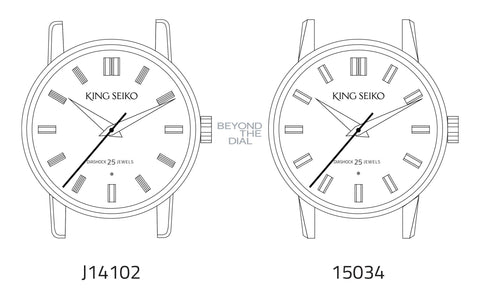
Image credit to Beyond the Dial
King Seiko 15034 (2nd Gen)
The Golden Debut: King Seiko Model J14102E
The early King Seiko model J14102E, birthed by Daini in June 1961 and produced until September 1963, was a real stunner. It sported a gold-plated case with solid gold hands and dial markers. The elongated lugs with rounded ends make this early model easily recognizable.
The Steel Standout: King Seiko's Stainless Steel Model
A year later, in June 1962, the stainless steel model made its entrance. Some examples were adorned with solid white gold hands and dial markers. It's believed that stainless steel cases made up only 25% of all models produced.
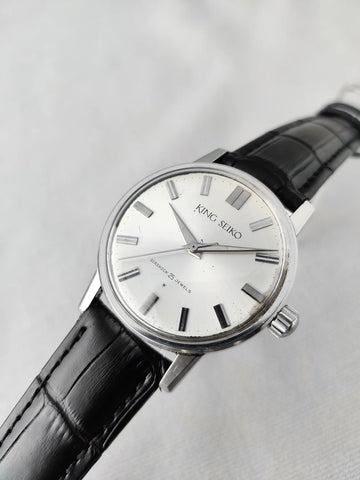
The Dial Makers: AD Vs. SD
The star logo on the dial tells a fascinating story. It's used to identify the material of the hour markers on the dial. A triangle superimposed with three lines denotes an applied dial (AD) with gold or rhodium-plated markers. An eight-pointed star pierced by a four-point hollow star signals a special dial (SD) with markers of solid yellow or white gold. Due to their rarity and enduring brightness, SD models are highly prized by collectors.
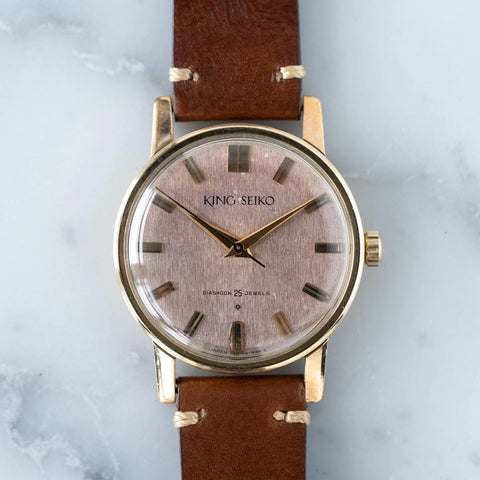
King Seiko SD Dial
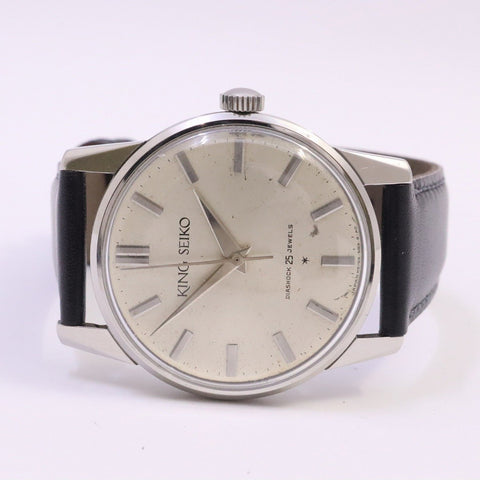
King Seiko AD
The Rarest of the Rare: Steel Case with SD Dial
Some King Seiko models are as rare as a blue moon, like the steel case with an SD dial. It's estimated that only 10% of the total production featured a stainless steel case and an 'SD' dial, which boasted solid white gold indices with a crease down every marker. In contrast, the more common 'AD' dial has smooth markers for the 3, 6, and 9, and the dial reference under the 6 marker ends with '-AD', not '-E' for SD dials.
The Signature Back: King Seiko's Caseback
The caseback of every first-generation King Seiko features a distinctive King Seiko shield, a vertically striped field overlaid with a cross, crown, and three diamonds. This shield is a King Seiko signature and is even retained in the modern King Seiko reissue.
Inside the Watch: The Movement
Peek inside the caseback, and you'll find the movement to be a modified Daini 54A, previously used in the Seikosha Cronos and Champion, but with two extra jewels, bringing the total to 25 jewels. This movement beats at 18,000 bph.
In conclusion, the first King Seikos weren't just keeping up with their elder sibling; they were trendsetters in their own right. They wove their unique narrative in the watch world, setting the pace for the King Seiko legacy. So remember, every King Seiko isn't just Grand Seiko's younger sibling; each is a king in its own right, proudly wearing a unique crown.
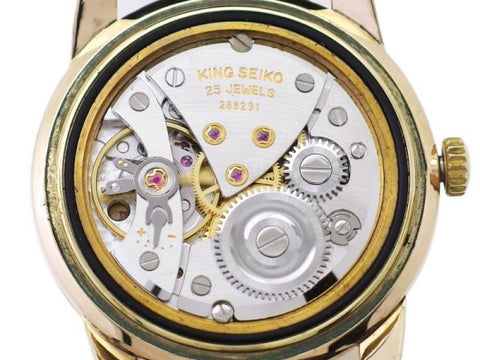
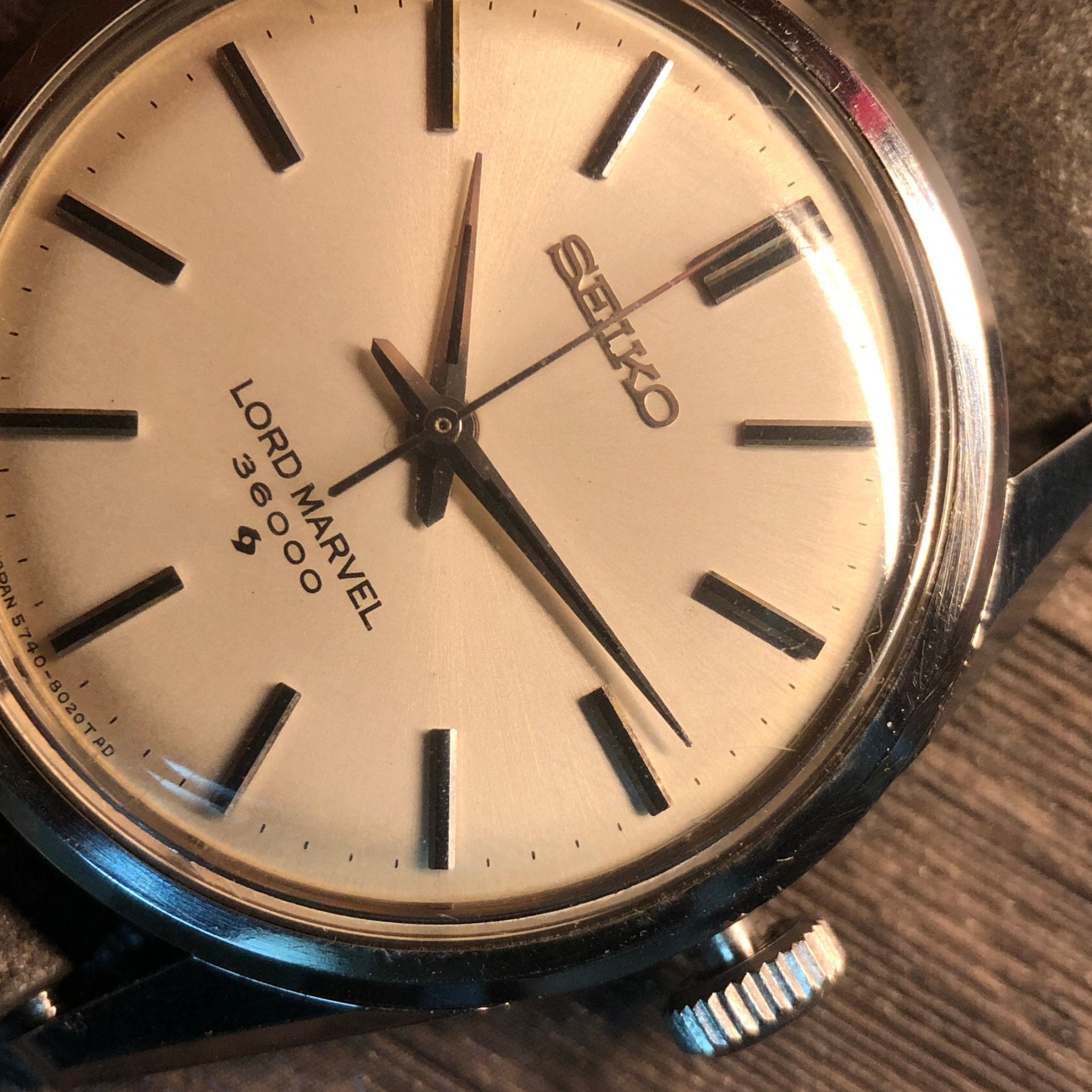
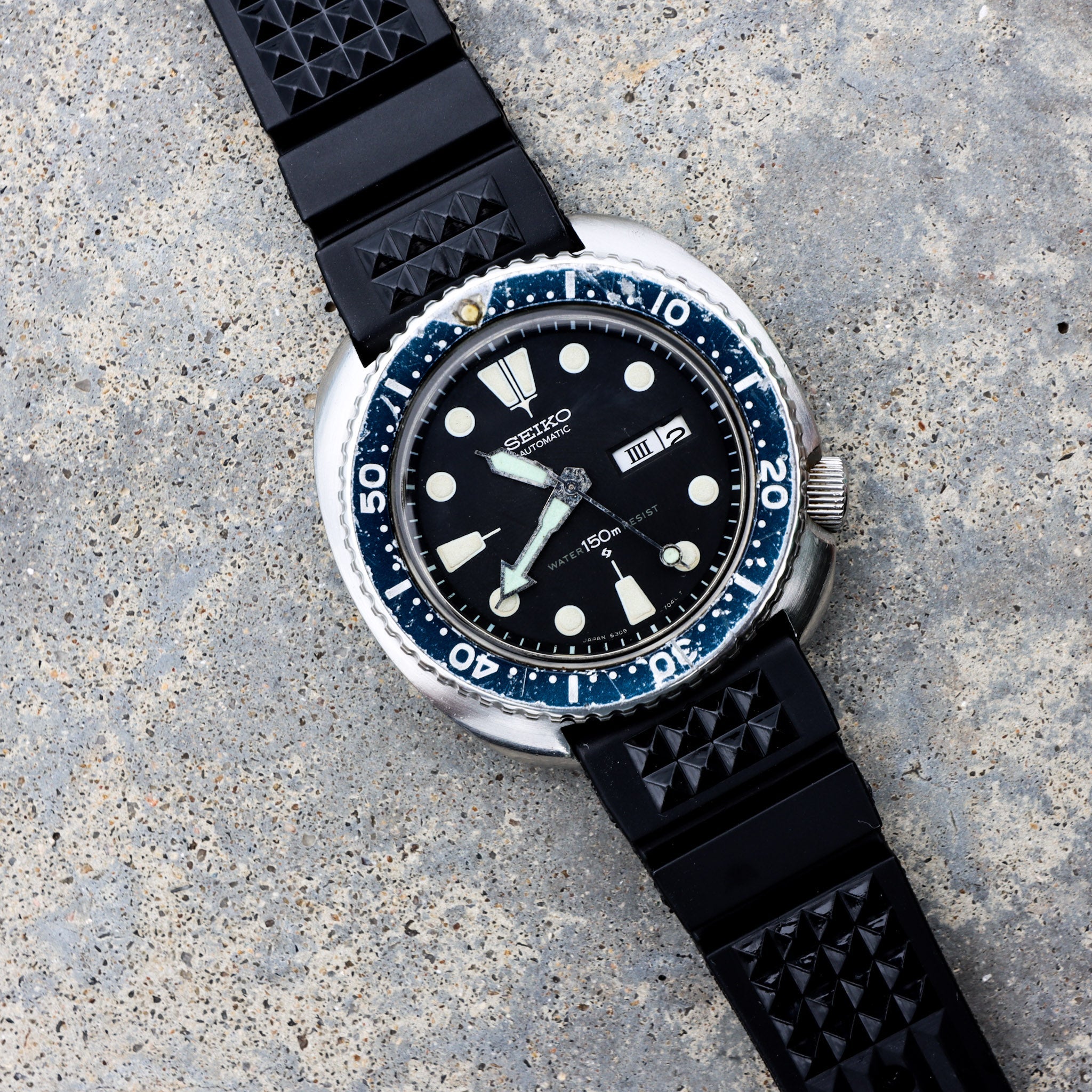
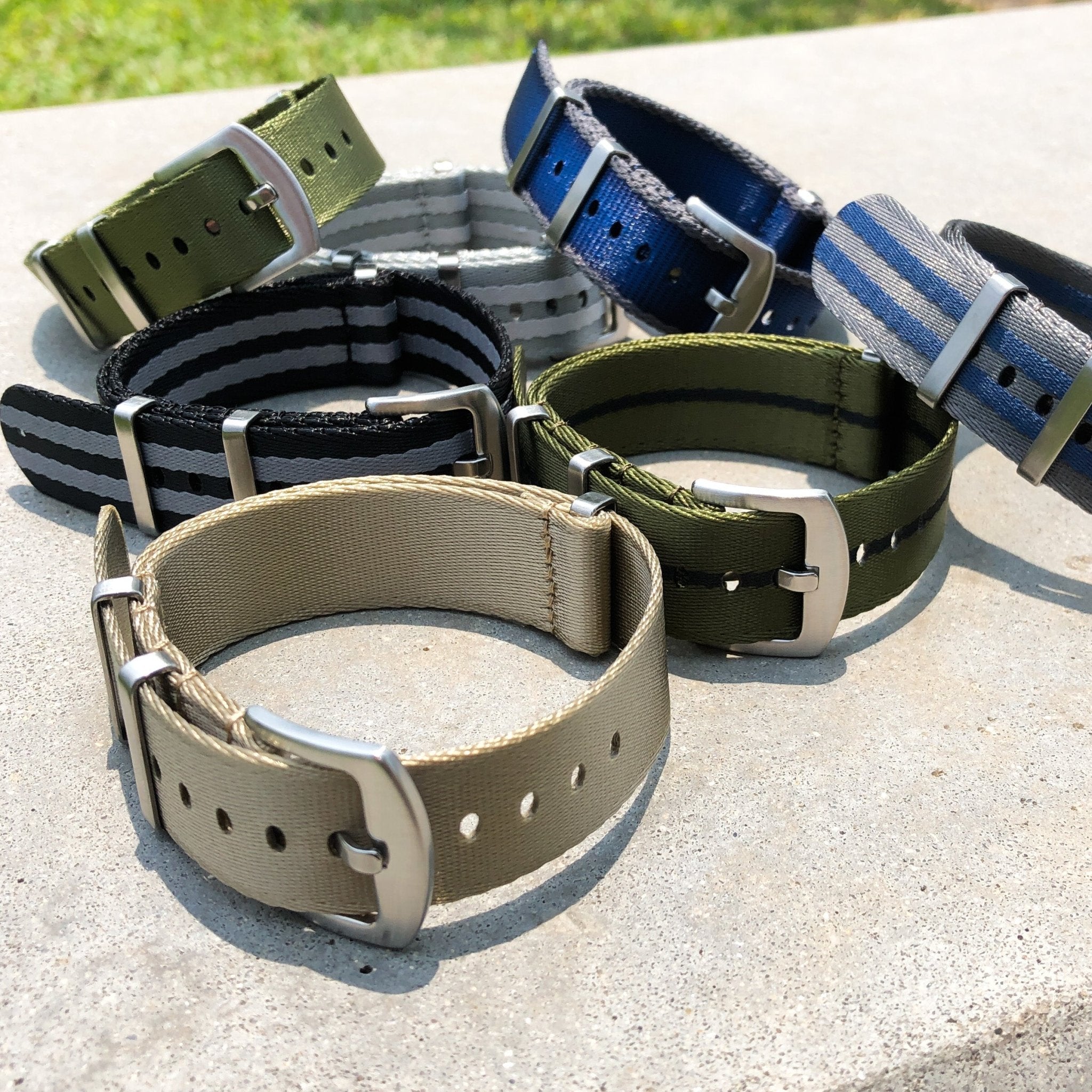
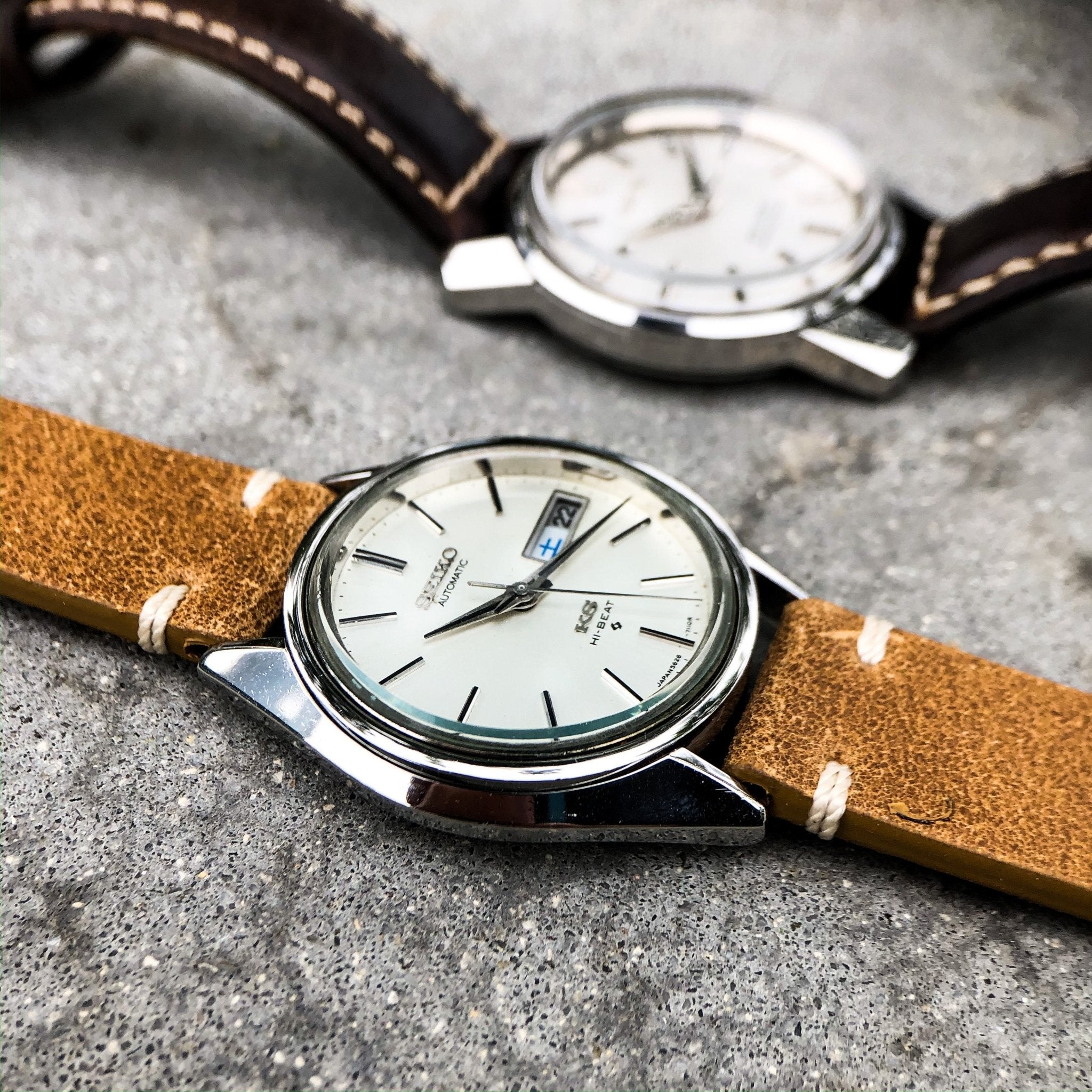
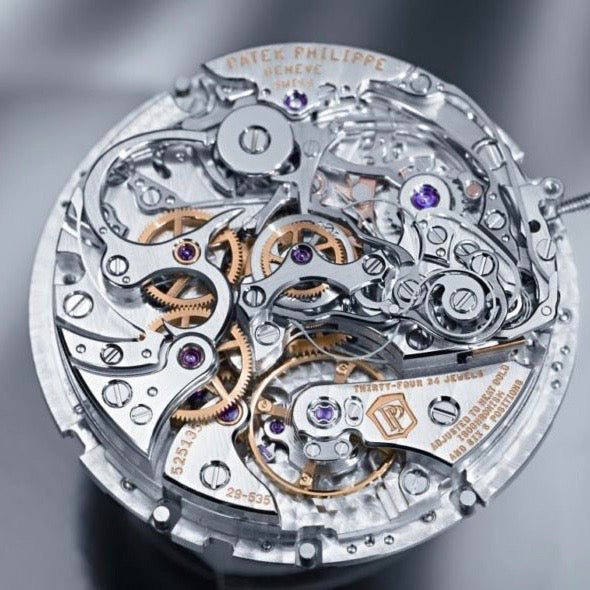

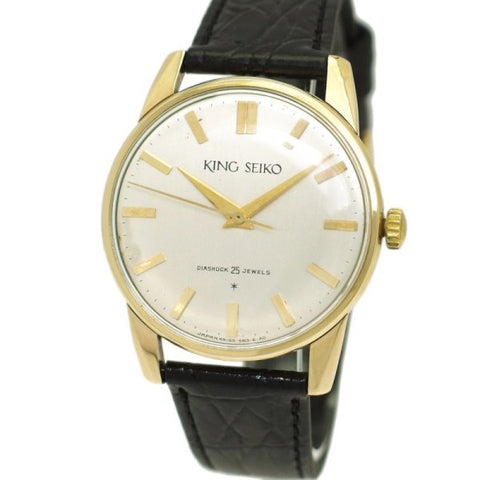

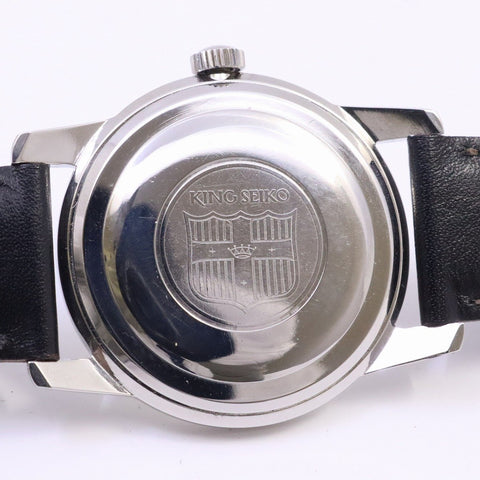
Leave a comment